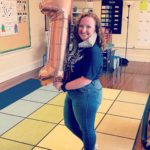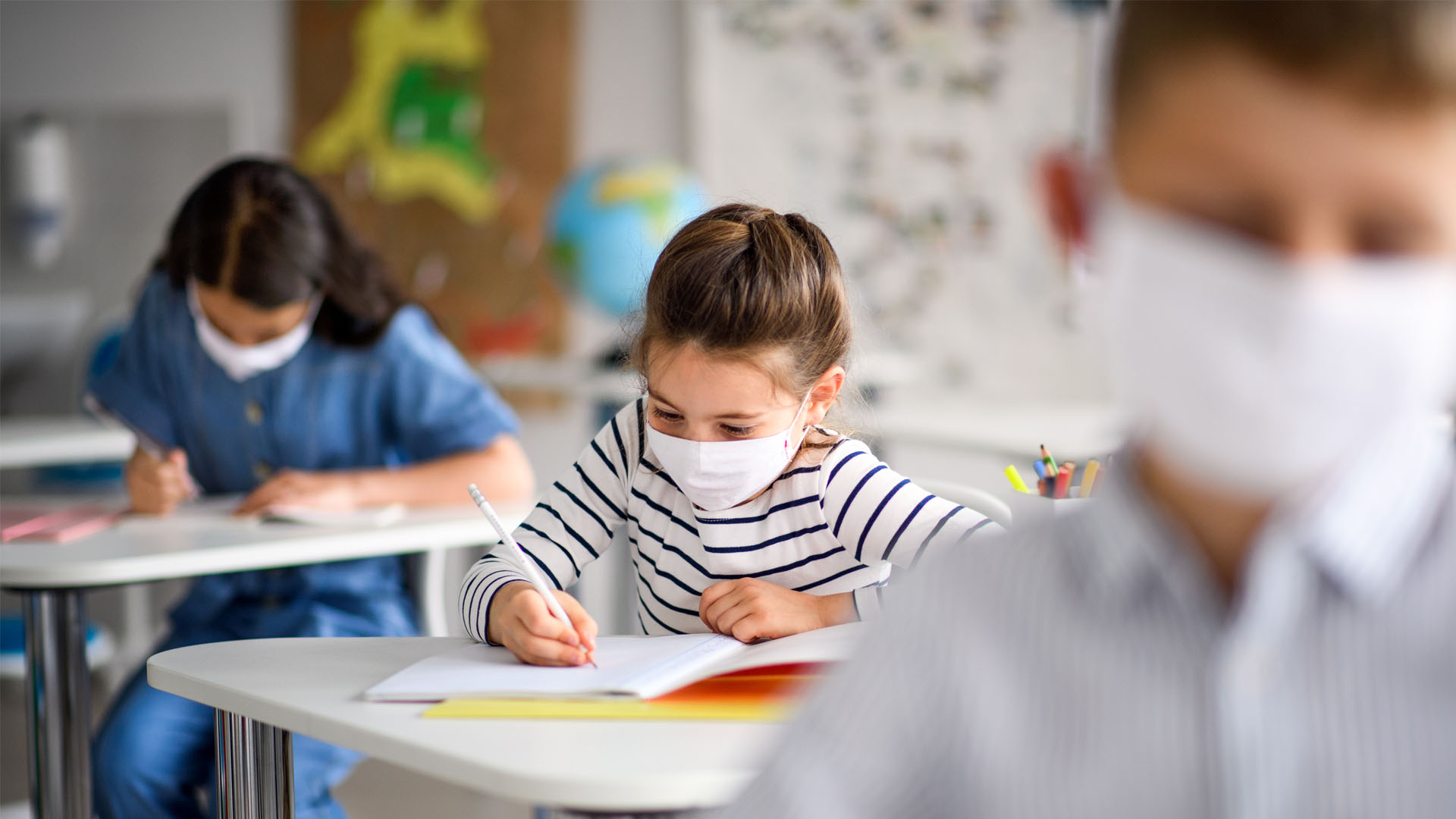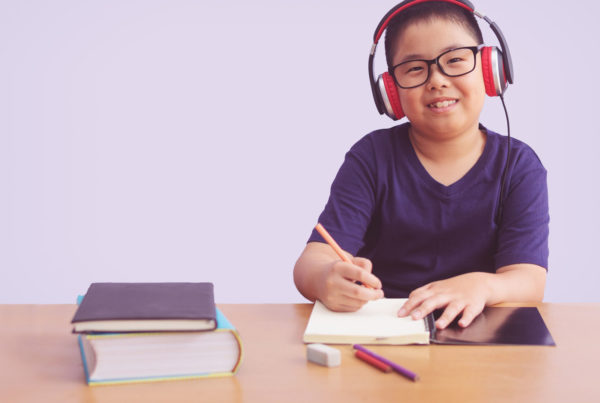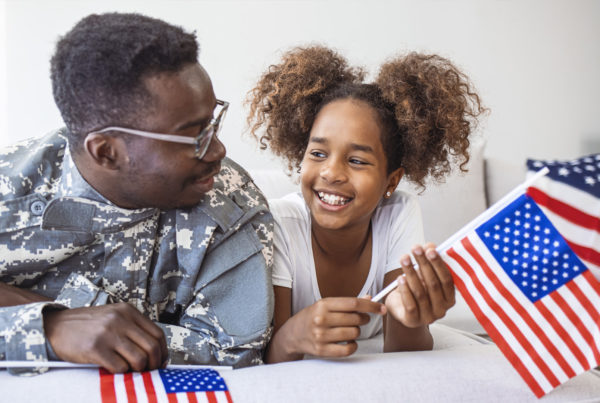In Fall 2021, many schools that closed because of the COVID-19 pandemic resumed in-person learning. Healing Magazine asked two teachers for their observations on how kids were coping with being back in class.
—————–
High School: The Kids are (Maybe, Kind of, Mostly) Alright
I don’t want to jinx my profession, but the 2020-2021 school year was probably the hardest teaching year any of us will have to face in our careers. Juggling students physically present in classrooms as well as attempting to encourage and teach students who appeared only via a blank screen on Zoom was the type of challenge that doesn’t come up in college education courses. It was a new reality—hopefully not a permanent change—and it demanded shifts across the board.
As the world continues to stumble, teachers are back in their classrooms with thirty-plus students once again. In some ways, it was technically easier to manage classes of six students, but the return to full-sized classes brings a necessary reminder of why we became teachers in the first place: because we want to teach—and that involves student participation.
Last year, getting students to participate was often a struggle; the smaller classes and online classes created a bigger barrier instead of breaking them down. For some students, there were less places to hide which caused them to burrow even further inside themselves. This year, students are participating more. They’re engaging more with course material during class, though they continue to avoid doing the independent work that contributes to their continued learning as well as their grades.
There’s a shift in energy, too. Granted, the masks make it difficult to read expressions, but there was a distinct lack of happiness last year. Everyone, including teachers, seemed a little beaten down, and understandably so. This year, it seems as though students have shaken off some of the troubles that previously plagued them. Again, I’ve no desire to jinx anything, but the kids actually seem… happier.
Though the kids may never admit it, there’s an obvious factor that connects to the increased happiness: routine. Regular school days demand routine; they’re structured around it and compel even the most disorganized student to adhere to it, at least enough to get through the day. When we consider the fact that these students lost the most predictable routine in their lives (regular school days) in March 2020 and didn’t get it back until the end of August 2021, the trials of last school year seem far more understandable.
Truthfully, though, the current school environment is not all roses and rainbows. Yes, a return to normalcy has had a positive impact on many students, and will continue to do so. Other students, however, are struggling with the return; fighting, skipping class, irregular attendance, and apathy continue to disrupt students’ capacity to learn. Some of these behaviors are heightened, which seems to be in correlation with shifting from a lack of routine back into a set routine (we all know how it feels to come up against new boundaries!). In time, hopefully, we’ll see a decline of the more troubling behaviors as students acclimate to the routine and expectations that they were without for nearly 18 months.
It hasn’t been a seamless transition, but I doubt anyone in education was expecting it to be. The important part is that we have our kids back, and they have us back. Together, we’ll be all right.
 Kristen Jacoby teaches high school English in Bethlehem, PA
Kristen Jacoby teaches high school English in Bethlehem, PA
First Grade: “Pandemic Kids” are thriving
At the end of our class’s morning meeting each day, we wish each other well by reciting the following:
“May you be happy.”
“May you be well.”
“May you be at peace.”
It took lots of kid-friendly language to explain what these phrases meant. But now it is the most intentional part of our day.
————-
In the spring of 2020, we transitioned overnight from in-person instruction to fully virtual learning. Then we started and ended the next school year in a fully virtual space. Finally, this fall, we returned to the physical classroom, but nothing is the same. Kids are struggling to keep their masks up. My students did their kindergarten year virtually, and many haven’t mastered what we would consider the basics of school (i.e. sitting in a chair, raising your hand, etc.).
But even considering everything they endured, they have so much joy. My kids have already been through enough trauma to last a lifetime, yet come to school every day ready to learn and grow with each other. We do GoNoodle to give our brains a break. We have dance parties. We have joke contests. There is proof all around us that kids are not only surviving, they are thriving…
We are happy.
The most difficult part of returning to in-person learning is the constant tension of making sure we do everything in our power to keep each other healthy. This manifests through mask reminders, consistent handwashing, and spacing students more than what they’re used to. These are COVID-era kids. They hardly remember a time where they didn’t socially distance themselves. COVID testing is randomized and definitely interrupts learning, but it’s an easy trade-off if kids are kept healthy…
We are well.
The most common phrase you hear from our classroom (after “please pull up your mask”) is, “We are a family.” We mean that. We spend every day together. We laugh, we cry, we get mad, but most importantly, we learn. There is a lot of talk from politicians and the media about kids “falling behind.” With all due respect, my firsthand in-the-classroom and socially-distanced teaching and learning experience tells a different story. Together, we learn to conquer big feelings. We learn to support each other when life is hard. We learn how to disagree respectfully. We learn how to celebrate with each other when great learning happens. It’s not an accident that I use the word “we.” If this is what we accomplish all year, we are okay with that…
We are at peace.
——————–
If I could tell the adults of the world one thing, it would be this: have faith in our kids. Sure, they may be “below grade level,” but why do we care when they are driven, excited and proud of themselves? Why does that arbitrary “level” dictate anything? They are learning more and more each and every day. That is the purpose of education. It may sound cheesy, because they’re six years old, but I am incredibly proud of my students, their strength, and their resilience through the year so far.
There is outside noise and pressure, but at the end of the day, I am good with where we are …
We are happy.
We are well.
We are at peace.
 Maggie Peale teaches first grade at H.D. Cooke Elementary School in Washington, D.C.
Maggie Peale teaches first grade at H.D. Cooke Elementary School in Washington, D.C.






